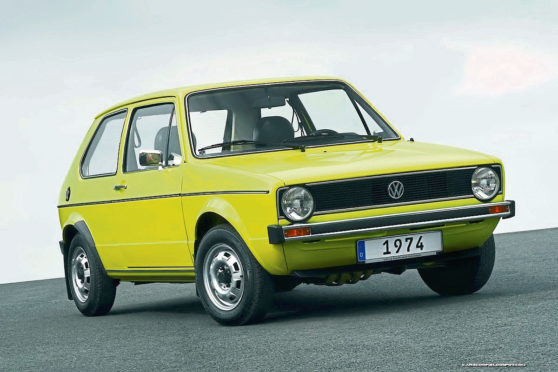It’s more than 45 years since the first Volkswagen Golf rolled off the line. Philippa Gerrard checks out its history.
Mk1
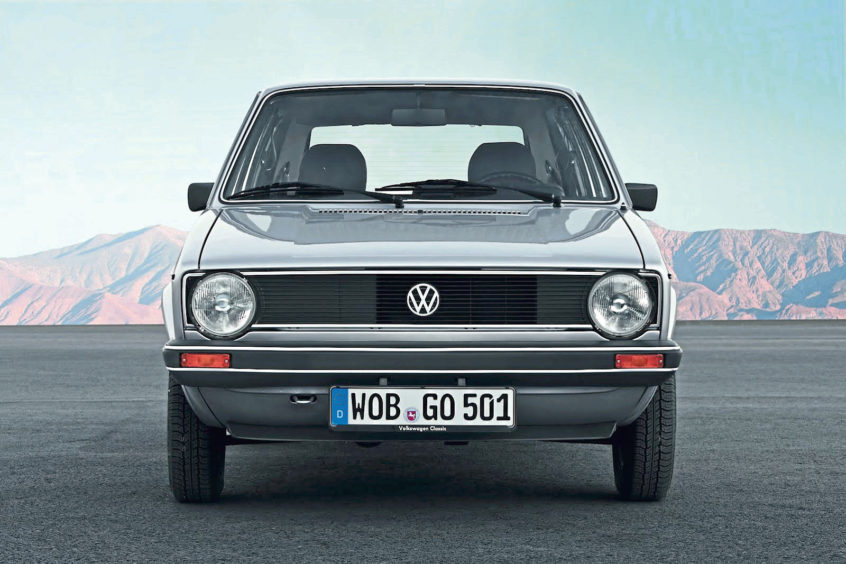
Designed as a front-engined, front-wheel drive replacement for the Beetle, the Golf’s crisp lines were penned by famed designer Giorgetto Giugiaro. First launched in 1974, so instant was its success that by October 1976 the one millionth Golf had already rolled off the production line.
This was the year Volkswagen also gave birth to what is commonly known as the GTI category, with its first-ever Golf GTI weighing in at only 810kg and hitting speeds of 60mph in nine seconds.
Mk2
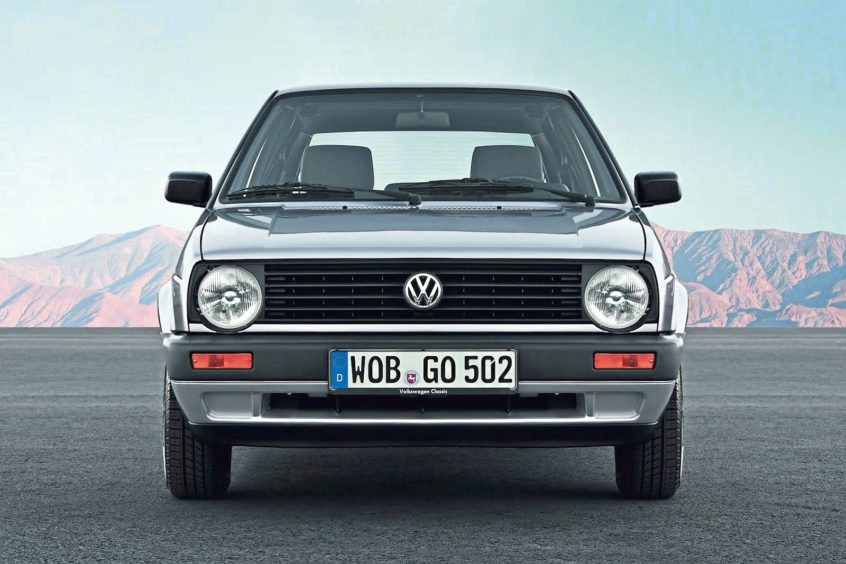
The design was updated for the Mk2 model, making it 170mm longer and 55mm wider than the original. The biggest engine was also bigger, growing to 1.8 litres.
Volkswagen used the Golf to introduce features like the regulated catalytic converter, ABS and power steering. It went on to sell 6.3 million units before the arrival of its big brother, the Mk3 in 1991.
Mk3
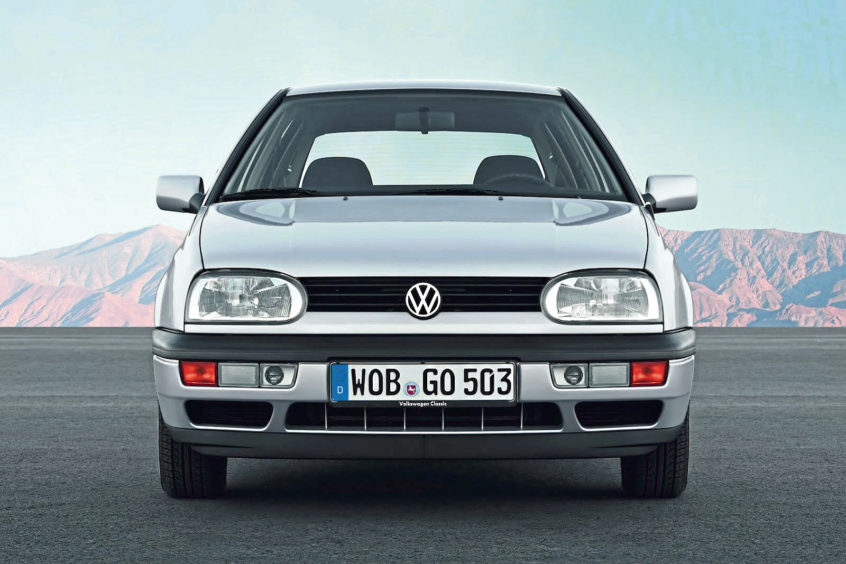
Replacing the very successful Golf Mk1 and 2 proved to be quite a challenge. The third incarnation was revealed with more rounded bodywork and a very slight increase in size.
The GTI’s engine capacity also grew to 2.0 litres but the eight-valve version was poorly received due to its underwhelming output of just 113HP. Sales weren’t as promising as bosses had hoped so designers went back to the drawing board.
Mk4
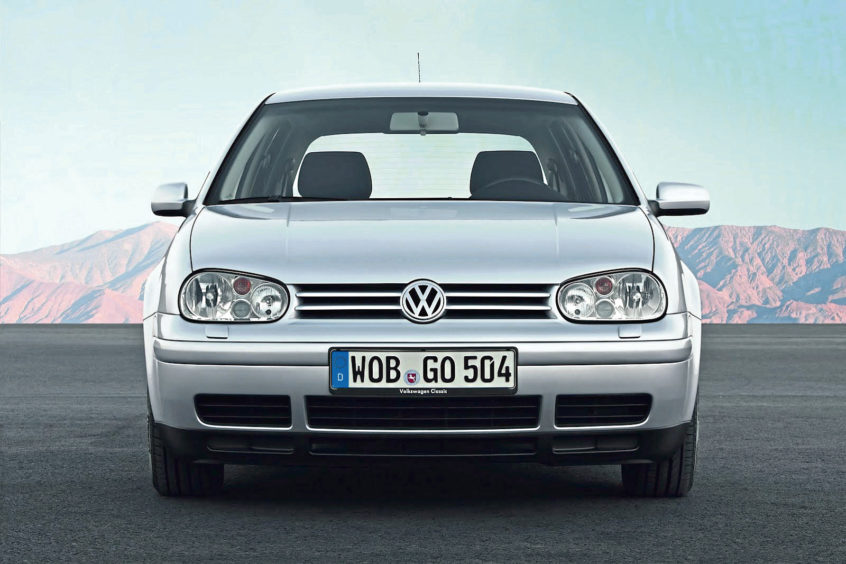
After the disappointing third generation, the Golf received a makeover from the company’s head of design, Harmut Warkuss, which set the theme for all versions that followed.
Dimensions grew once again, with the length being stretched to almost 4.2m, but the highlight of this model was the quality of the interior, which was now equal to or better than many bigger and more expensive cars.
New technology included four-wheel drive, window airbags, a six-speed manual transmission and the first ever dual-clutch gearbox.
Mk5
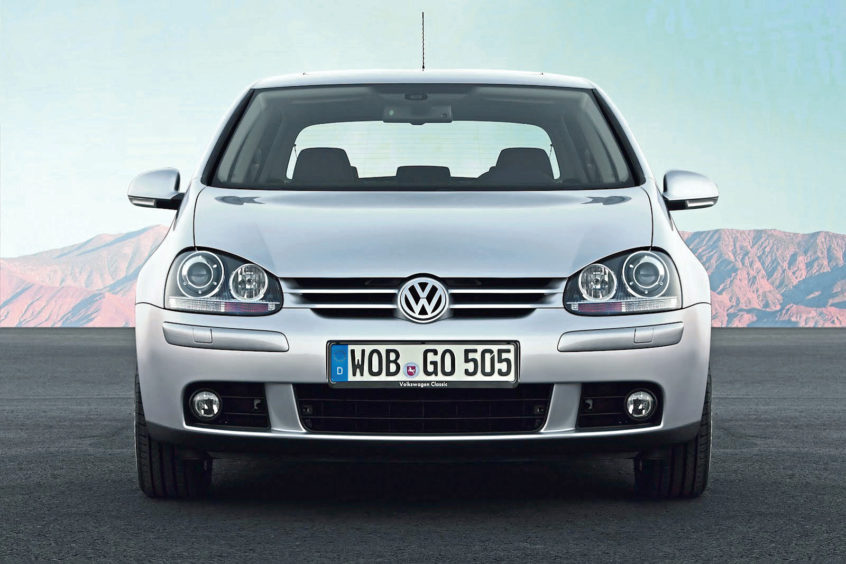
Nearly five million sales later, the 2003 to 2005 Mk5 set out to fix the handling troubles which were now falling short of the class-leading Ford Focus. The all-new PQ35 platform was 35% more rigid than before, while the torsion beam rear axle was replaced by a multilink suspension, bringing it up to date with the competition.
This model also featured the first turbocharged direct injection engine in the 2.0 litre GTI.
Mk6
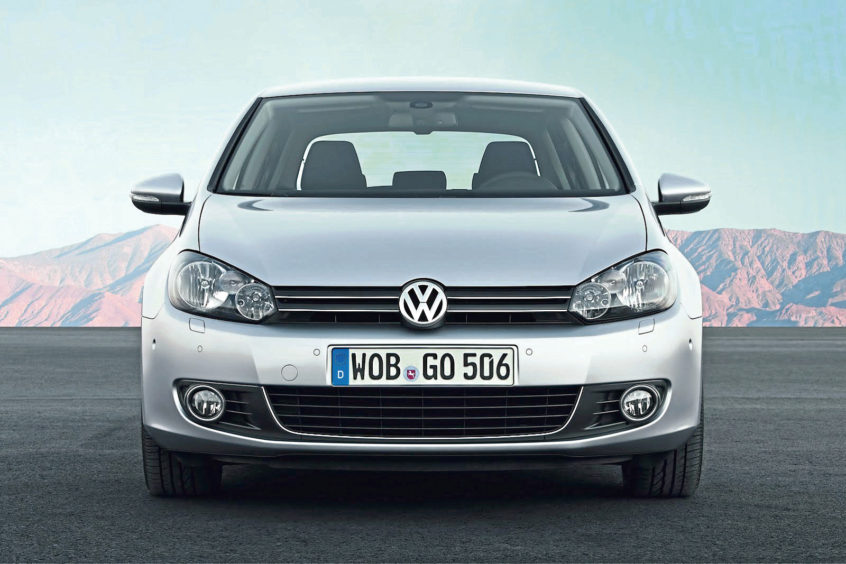
Making its debut at the 2008 Paris Motor Show, the sixth-generation Golf won the European Car of the Year award a year later, despite criticism that the interior quality had dropped.
Engines and sizing were virtually identical to the previous model and the Mk6 was to be the shortest-lived Golf to date, replaced after just four years in production.
Mk7
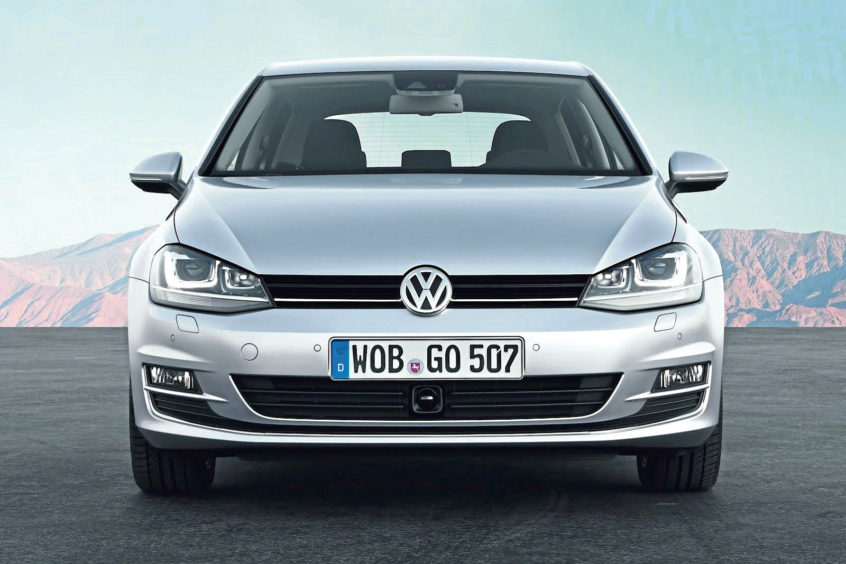
Introduced in 2012, the Mk7 was 100kg lighter, offered more space for passengers, a bigger boot and claimed to be almost 25% more fuel efficient that previous models.
Styling was updated too, with headlights now at sleek sharp angles instead of friendly curved lines. It aimed to appeal to buyers who might be considering a premium-badged hatch from the likes of BMW or Audi. Although not everyone bought into it, it remained the Western hemisphere’s most desired family hatch.
Mk8
In October last year, Volkswagen revealed the eighth-generation Golf, claiming its “evolutionary” exterior styling hides the biggest technical leap in the history of the model.
The latest version will go on sale in springtime in five-door form only, with new mild-hybrid engine options and a raft of new digital technology.
Will it have as much success as its predecessors? In the words of a previous Volkswagen Group chairman, the only mistake a Golf can really make is to stop being a Golf.
